A Guide to Pond Relining
Need a pond liner replacement look no further. Our experienced team specialises in pond liner replacement services to ensure your pond stays leak-free and functional.
speak with an expert today
We offer reliable and efficient solutions for all types and sizes of ponds. With our expertise, you can rest assured that your pond will be restored to its optimal condition.
Contact us today for top-notch pond liner replacement services in the UK
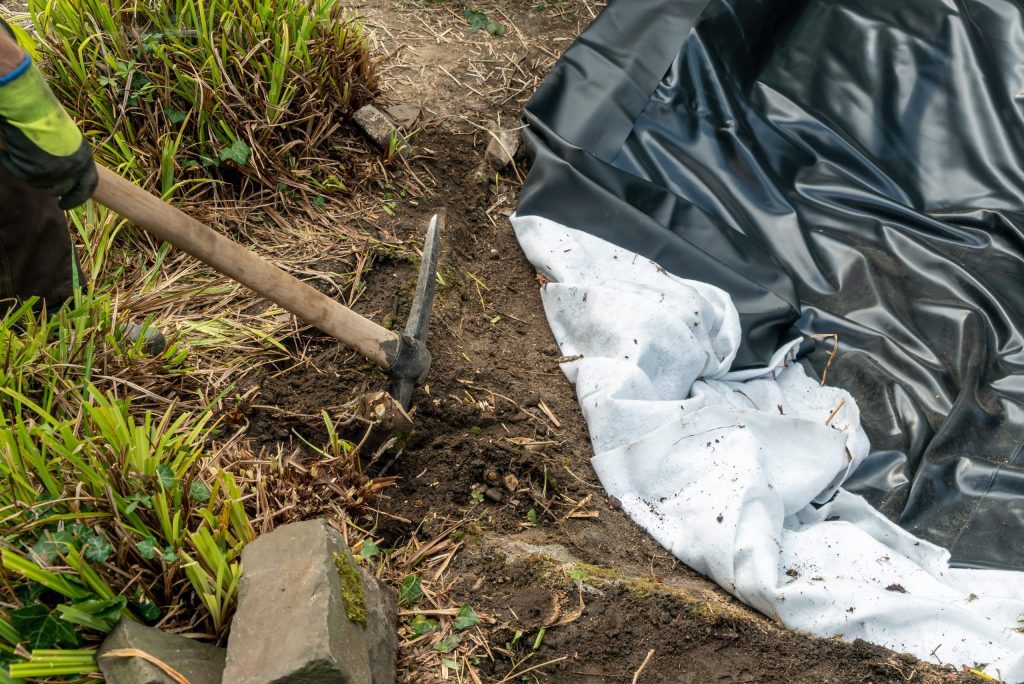
Pond Liner Repairs and Relining
A leaky pond looks unsightly and constantly topping up the water level on your pond can have a negative effect on the pond ecosystem and fish health. Water bills are also a consideration as constantly topping your pond will also have an effect on your water costs.
First the pond needs to be drained, the fish, wildlife and plants to be placed in aerated holding tanks, then de-silted and prepared. It has to be cleared of large stones, debris and tree roots and is compacted to give a firm, dry surface on which to lay the underlay and rubber liner.
Heavy duty underlay is installed to provide a puncture-resistant layer on which the rubber lining can be laid. The pond is then lined with rubber pond liners, which are preferred for their durability and flexibility, making them suitable for various pond shapes and sizes. These liners provide a snug fit, are resistant to sun exposure, and are easier to repair compared to other types, such as PVC.
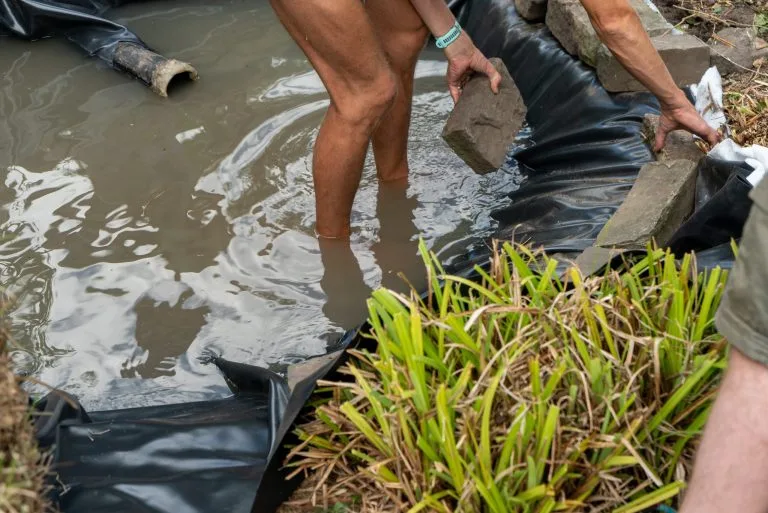

Our liner change process
- Setup of a temporary tank (including oxygen aeration if required)
- Pond is then partially drained
- Fish and wildlife are carefully removed & stored in the temporary tank
- Pond is then completely drained and sludge is removed which can be messy job.
- We then remove old pond liner
- We either remove surrounding stone or slabs or if they are to heavy we’ll lift the rocks and push liner under
- Lay underlay then pond liner
- Pond re-filled
- Put stones or slabs back in place, we try to put back as we found the pond the best we can but some times this isn’t possible.
- Use expanding foam to secure stones if needed
- Treatments added de-chlorinator & blanket weed inhibitor
- The pond is then recommissioned

Essential Tips for Choosing the Right Pond Liner for Your Garden
Understanding Pond Liners
Determining Pond Size and Shape
Selecting the Right Pond Liner
Pond Liner Installation
Edging and Securing the Liner
Common Mistakes to Avoid
Maintenance and Repair
Conclusion
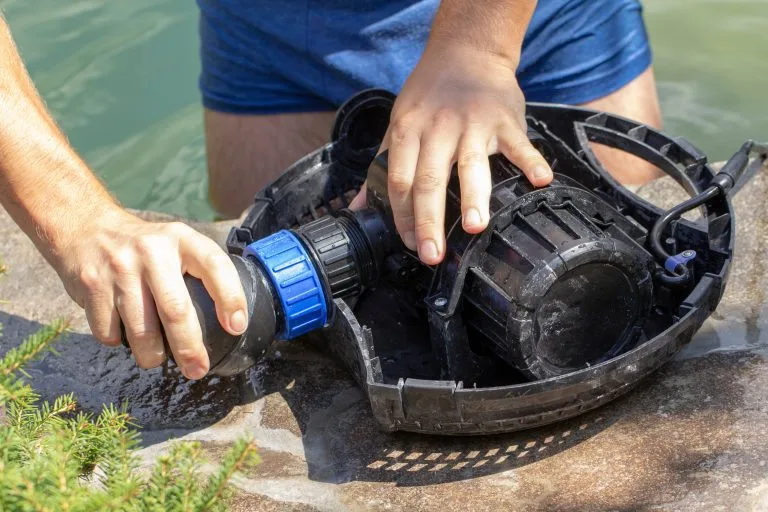


Our Work

Frequently Asked Questions
MY POND IS OVERGROWN.
MY POND IS LEAKING – WHAT CAN I DO?
WHY IS MY POND WATER GREEN?
Do I need to have my pumps running all the time?
Why Choose Us
Experience With years of experience in pond maintenance and cleaning, our team has the expertise to handle ponds of all sizes and complexities. We are dedicated to delivering high-quality services tailored to meet the unique needs of each customer.
Professionalism Our team consists of trained professionals who are passionate about pond care. We take pride in our work and strive to exceed our customers’ expectations with every service we provide.
Customised Solutions We understand that every pond is different, and we tailor our services to suit the specific requirements of each customer. Whether you have a small backyard pond or a larger water feature, we have the knowledge and resources to keep it in pristine condition.
Environmentally Friendly Practices We are committed to using eco-friendly products and methods in our pond cleaning services. Our goal is to promote sustainability and preserve the natural balance of your pond ecosystem.
Customer Satisfaction Your satisfaction is our top priority. We work closely with our customers to ensure that their pond maintenance needs are met with professionalism and care. We take the time to listen to your concerns and provide personalised recommendations to help you achieve the pond of your dreams.
Ready to schedule a pond cleaning service with us?
Contact Aqua Pond today to learn more about our services and to book an appointment.
Let us help you create a clean, healthy, and vibrant pond that you can enjoy for years. Thank you for considering Aqua Pond for your pond maintenance needs.
What our Customers Say...

.webp?updated=1754473749)
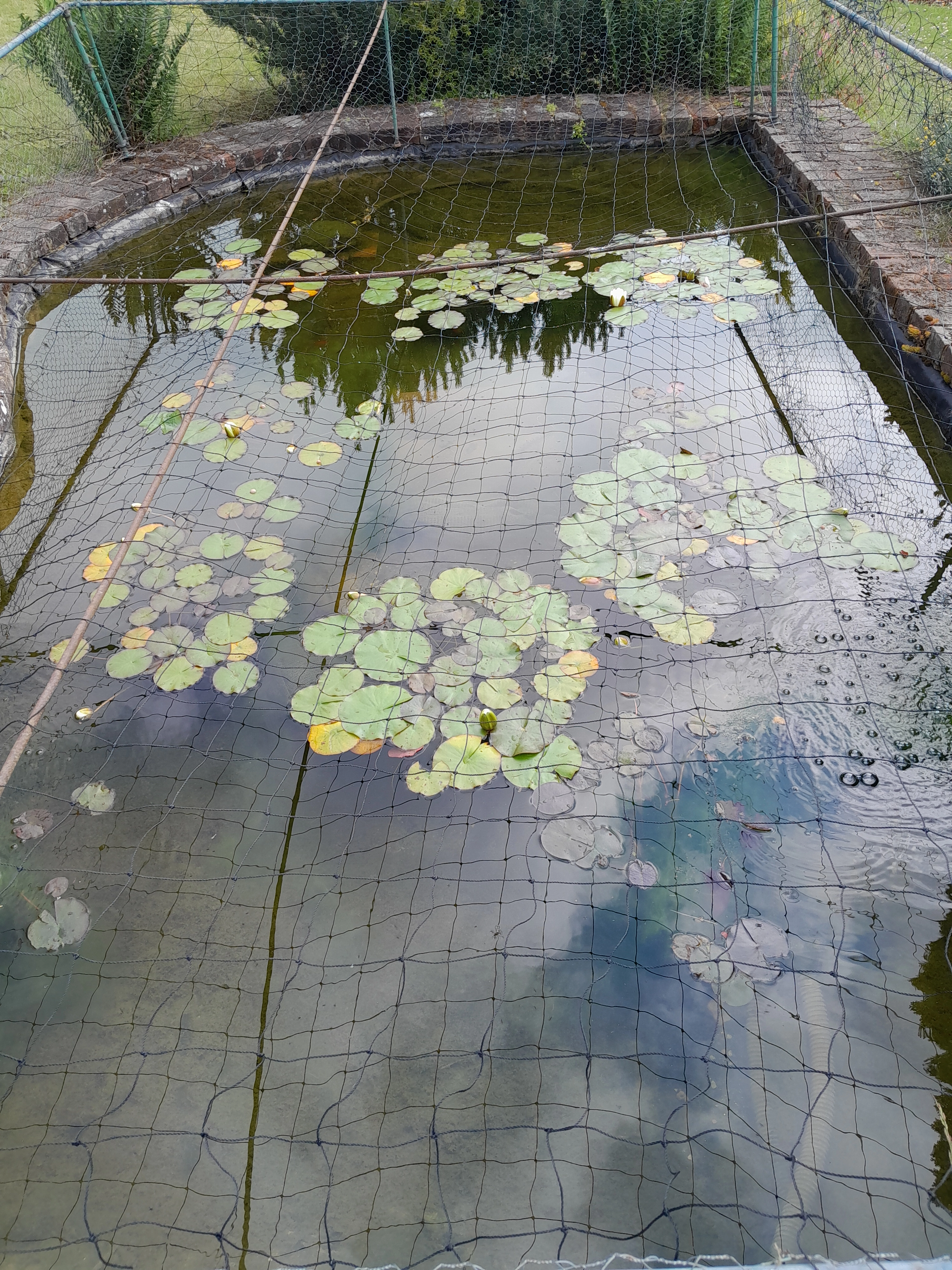
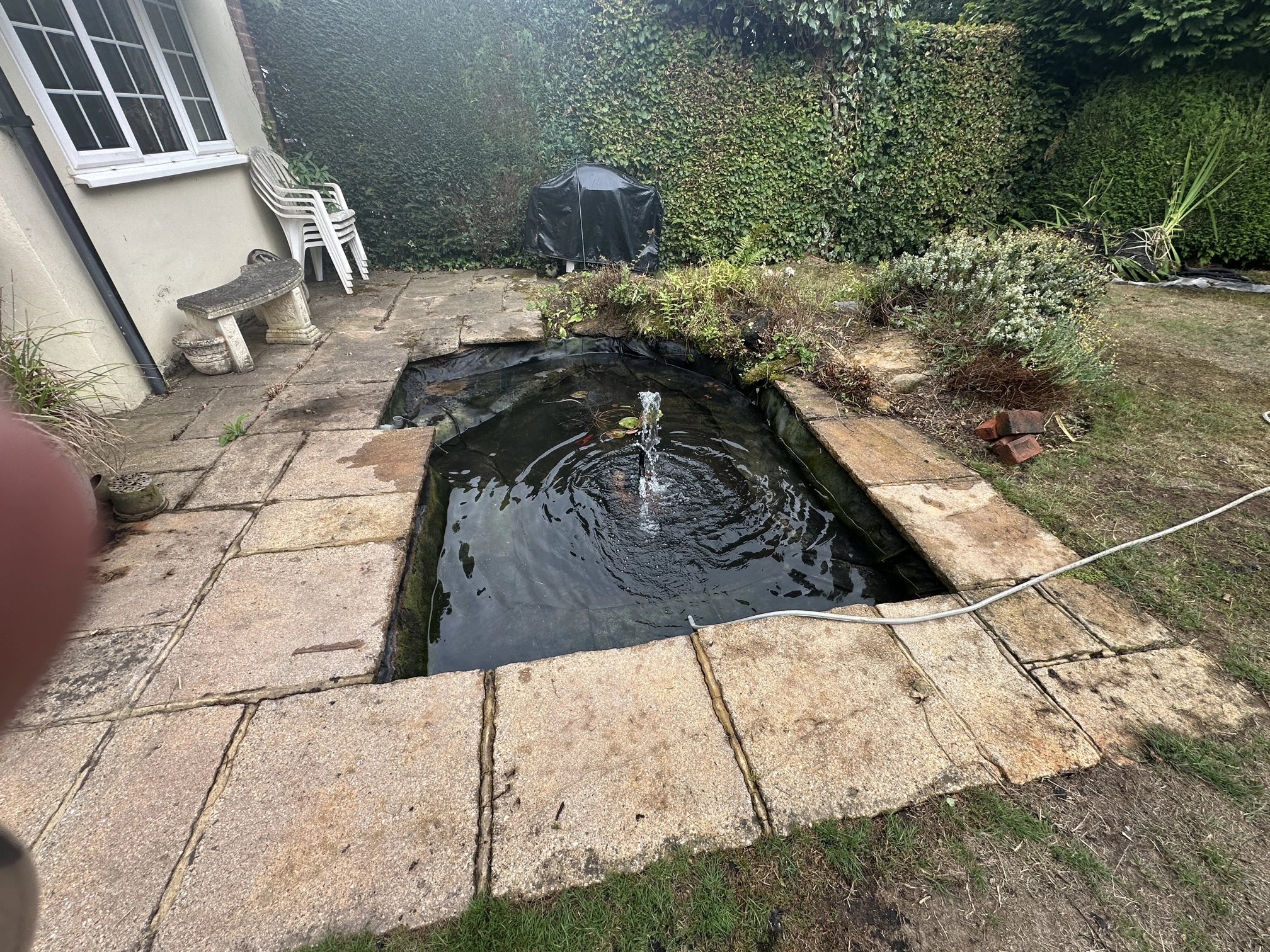
.webp?updated=1754472071)